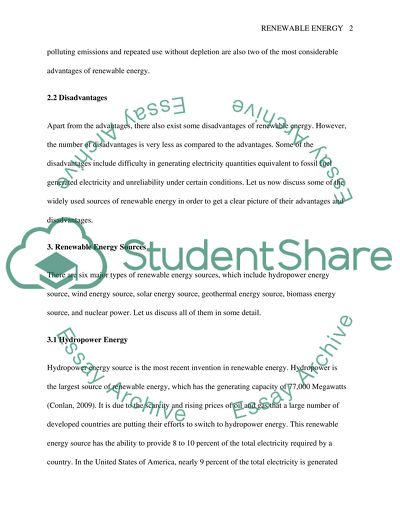Cite this document
(Renewable Energy Coursework Example | Topics and Well Written Essays - 1500 words - 1, n.d.)
Renewable Energy Coursework Example | Topics and Well Written Essays - 1500 words - 1. https://studentshare.org/environmental-studies/1575774-renewable-energy
Renewable Energy Coursework Example | Topics and Well Written Essays - 1500 words - 1. https://studentshare.org/environmental-studies/1575774-renewable-energy
(Renewable Energy Coursework Example | Topics and Well Written Essays - 1500 Words - 1)
Renewable Energy Coursework Example | Topics and Well Written Essays - 1500 Words - 1. https://studentshare.org/environmental-studies/1575774-renewable-energy.
Renewable Energy Coursework Example | Topics and Well Written Essays - 1500 Words - 1. https://studentshare.org/environmental-studies/1575774-renewable-energy.
“Renewable Energy Coursework Example | Topics and Well Written Essays - 1500 Words - 1”. https://studentshare.org/environmental-studies/1575774-renewable-energy.


